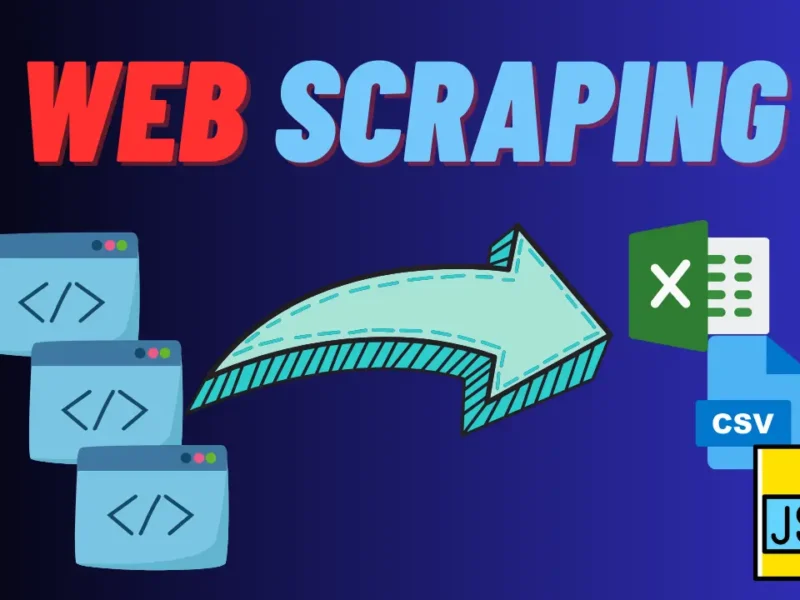How to Master Java Programming in Just 7 Days: A Beginner’s Guide
Table of Contents
Why Learn Java Programming?
Java programming is one of the most versatile and widely-used languages in the world. Whether you’re interested in building Android apps, web applications, or enterprise-level software, mastering Java programming can open doors to countless opportunities. With its platform independence, strong community support, and widespread use in industries, learning Java programming is a smart investment for you career.
Step 1: Setting Up Your Java Programming Environment
To start coding in Java, you’ll need to set up your development. Follow these Steps:
1. Install the Java Development Kit (JDK)
The JDK is essential for compiling and running programming code. Without it, you won’t be able to execute your programs.
- Download the latest version of the JDK from official website or use OpenJDK (an open-source alternative).
Download link – Oracle’s official website
- After installation, verify it by running the following command in your terminal or command prompt:
java -version2. Choose an Integrated Development Environment (IDE)
An IDE makes Java programming easier by providing tools like syntax highlighting, debugging, and auto-completion. Popular options include:
- Eclipse : Free and widely used for Java programming .
- IntelliJ IDEA : Feature-rich (Community Edition is free).
- NetBeans : Beginner-friendly and lightweight.
Step 2: Understanding Java Programming Basics
Once your environment is ready, let’s dive into the fundamentals of Java programming .
1. Writing Your First Java Program
Here’s a simple “Hello, World!” program to get you started with Java programming :
public class HelloWorld {
public static void main(String[] args) {
System.out.println("Hello, World!");
}
}- Explanation :
public class HelloWorld: Defines a class namedHelloWorld. In Java programming , everything is encapsulated within classes.public static void main(String[] args): The entry point of every Java programming application.System.out.println("Hello, World!");: Prints text to the console.
Run this program in your IDE to see the output: Hello, World!.
2. Variables and Data Types in Java Programming
Variables store data in your program. Java programming supports several data types:
- Primitive Types :
int,double,char,boolean - Non-Primitive Types : Strings, Arrays, Objects
int age = 25; // Integer
double salary = 50000.75; // Decimal number
char grade = 'A'; // Single character
boolean isJavaFun = true; // True or false
String name = "John"; // TextStep 3: Control Flow Statements in Java Programming
Control flow determines how your program executes instructions. Key concepts include:
1. Conditional Statements
Use if, else if, and else to make decisions in Java programming :
int score = 85;
if (score >= 90) {
System.out.println("Grade: A");
} else if (score >= 80) {
System.out.println("Grade: B");
} else {
System.out.println("Grade: C");
}
// Output: Grade: B2. Loops
Loops repeat actions until a condition is met:
- For Loop :
for (int i = 1; i <= 5; i++) {
System.out.println("Count: " + i);
}- While Loop :
int count = 1;
while (count <= 5) {
System.out.println(“Count: ” + count);
count++;
}
Step 4: Object-Oriented Programming (OOP) in Java Programming
Java programming is an object-oriented language, meaning it revolves around objects and classes. Here’s a quick overview:
1. Classes and Objects
- A class is a blueprint for creating objects.
- An object is an instance of a class.
Example:
class Car {
String color;
int speed;
void accelerate() {
speed += 10;
}
}
public class Main {
public static void main(String[] args) {
Car myCar = new Car(); // Create an object
myCar.color = "Red";
myCar.speed = 60;
myCar.accelerate();
System.out.println("Speed: " + myCar.speed); // Output: Speed: 70
}
}2. Key OOP Concepts
- Encapsulation : Bundling data and methods into a single unit.
- Inheritance : Deriving new classes from existing ones.
- Polymorphism : Using a single interface for multiple forms.
Step 5: Practice Makes Perfect in Java Programming
Learning Java programming requires hands-on practice. Here’s how to reinforce your skills:
- Online Platforms : Solve problems on websites like HackerRank or LeetCode .
- Mini Projects : Build small applications like a calculator, to-do list, or quiz game.
- Join Communities : Engage with other learners on forums like Stack Overflow or Reddit .
Next Steps in Java Programming
Congratulations! You’ve taken your first steps into Java programming . To continue your journey:
- Explore advanced topics like exception handling, multithreading, and file I/O.
- Dive into frameworks like Spring or Hibernate for building robust applications.
- Start contributing to open-source projects on GitHub .
Final Thoughts on Java Programming
Java programming is a powerful language that opens doors to countless opportunities. With this complete guide to the fundamentals, you’re now equipped to start your learning journey. Happy coding!

